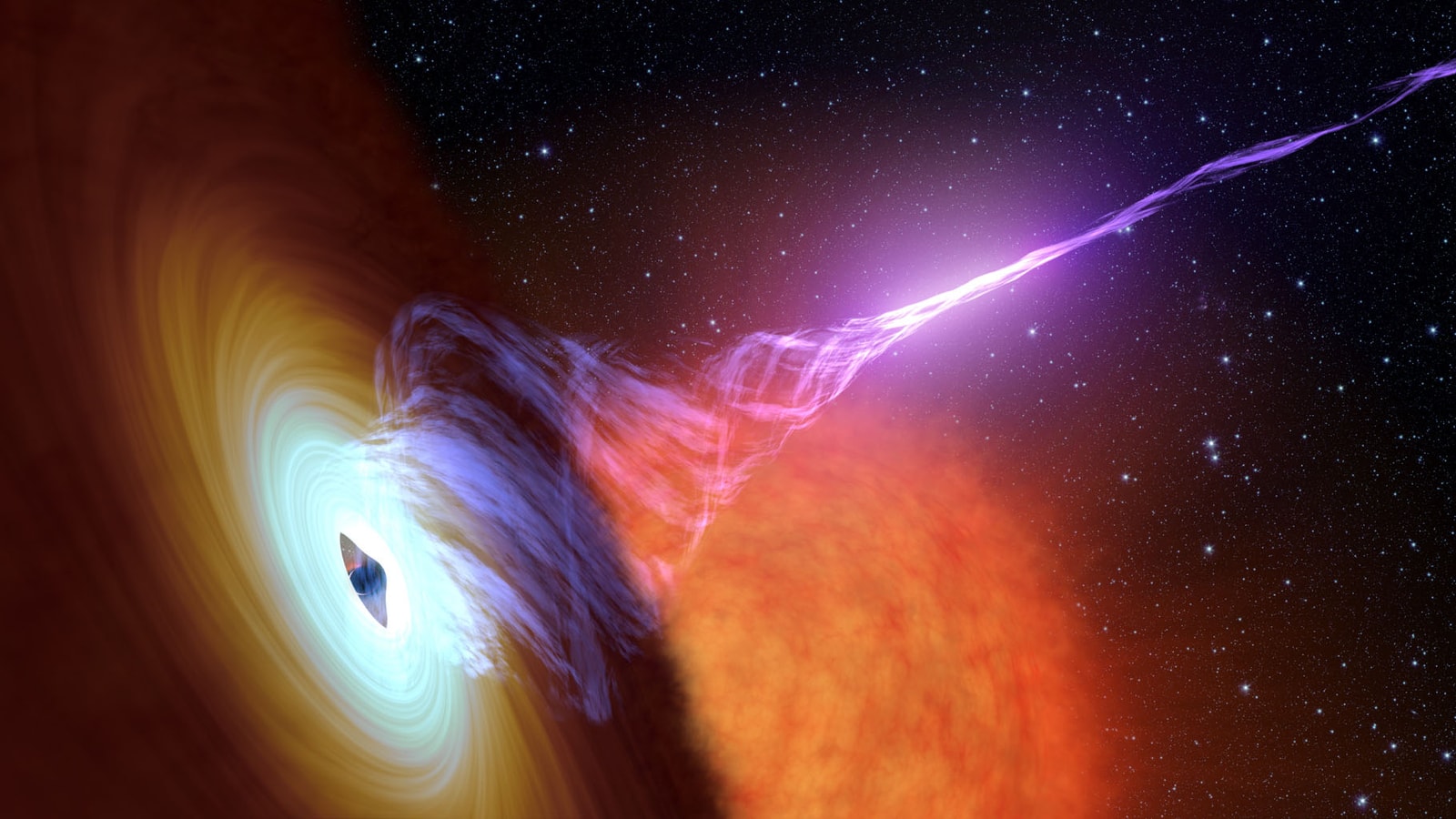Here's a timelapse of images over 2.5 hr from May from @keckobservatory of the supermassive black hole Sgr A*. The black hole is always variable, but this was the brightest we've seen in the infrared so far. It was probably even brighter before we started observing that night! pic.twitter.com/MwXioZ7twV
— Tuan Do (@quantumpenguin) August 11, 2019
S0-2 okrąża Sagittariusa A* z prędkością bliską 3 procent prędkości światła. Obieg gwiazdy wokół centrum Drogi Mlecznej trwa 16 lat. Poniżej możecie zobaczyć wynik 21-letnich obserwacji gwiazd w centrum naszej galaktyki. Sam Sagittarius A* jest niewidoczny. Jego obecność można jednak wywnioskować na podstawie orbit gwiazd, które gwałtownie przyspieszają po tym, jak zbliżą się do masywnego obiektu.
LRT: Here are stars orbiting the 4 million solar mass black hole at the center of the Milky Way. This isn’t a simulation, it’s 21 years of observations. S0-2 hits a max speed of ~3% the speed of light.
Data/Viz: Prof Andrea Ghez, UCLA Galactic Center Group / W.M. Keck Telescopes pic.twitter.com/jv9hzy868r— Robert McNees (@mcnees) August 11, 2019
